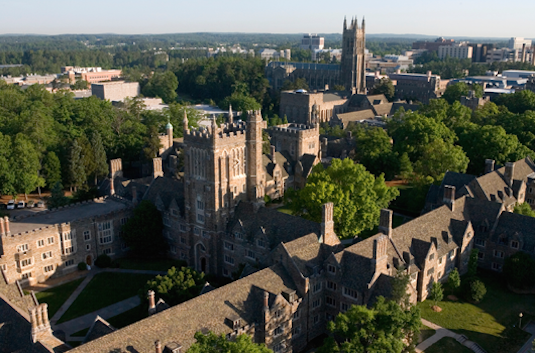A Biogeochemical Perspective on the Reactivity of Dissolved Organic Matter in Natural Waters: From Antarctica to the Artic

In natural waters, dissolved organic matter (DOM) is ubiquitous and is comprised of compounds derived from degradation of both plant and microbial precursor organic materials. A current trend is that DOM concentrations in lakes and streams are increasing in north temperate regions and the Arctic, which is referred to as "browning" of natural waters, and reflects greater DOM runoff in watersheds. In addition to watershed DOM sources, DOM is produced by plants growing in the nearshore zone of lakes and rivers, and by algae growing in the water column or on the streambed. With the earlier loss of ice-cover in the northern hemisphere, algal growth is starting sooner and algal DOM production is becoming a more important source of DOM. In turn, the concentration and chemical quality of DOM influence the productivity of these aquatic ecosystems. For example, light absorption by the yellow-colored humic fraction of DOM controls the depth of the photic zone, where algae have enough light to grow, and acts as a sunscreen controlling the UV stress due on aquatic biota. DOM is of interest to environmental engineers for several reasons. For example, the transport of trace metals and organic pollutants and the production of disinfection by products in drinking water treatment can be controlled by interactions with DOM. Further, environmental engineers use similar methods for chemical characterization of DOM as biogeochemists and aquatic ecologists, although these research communities....







